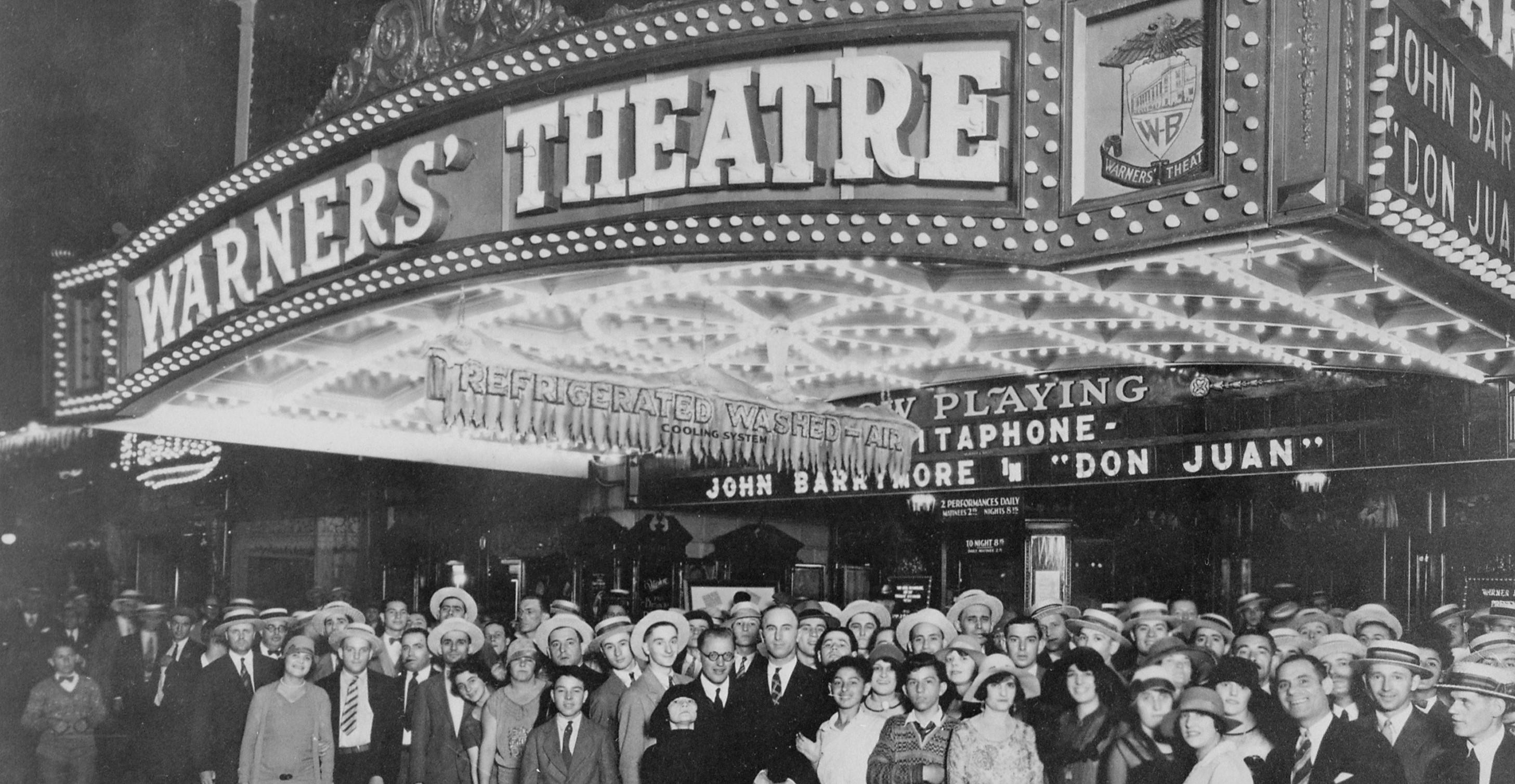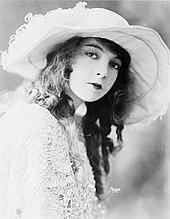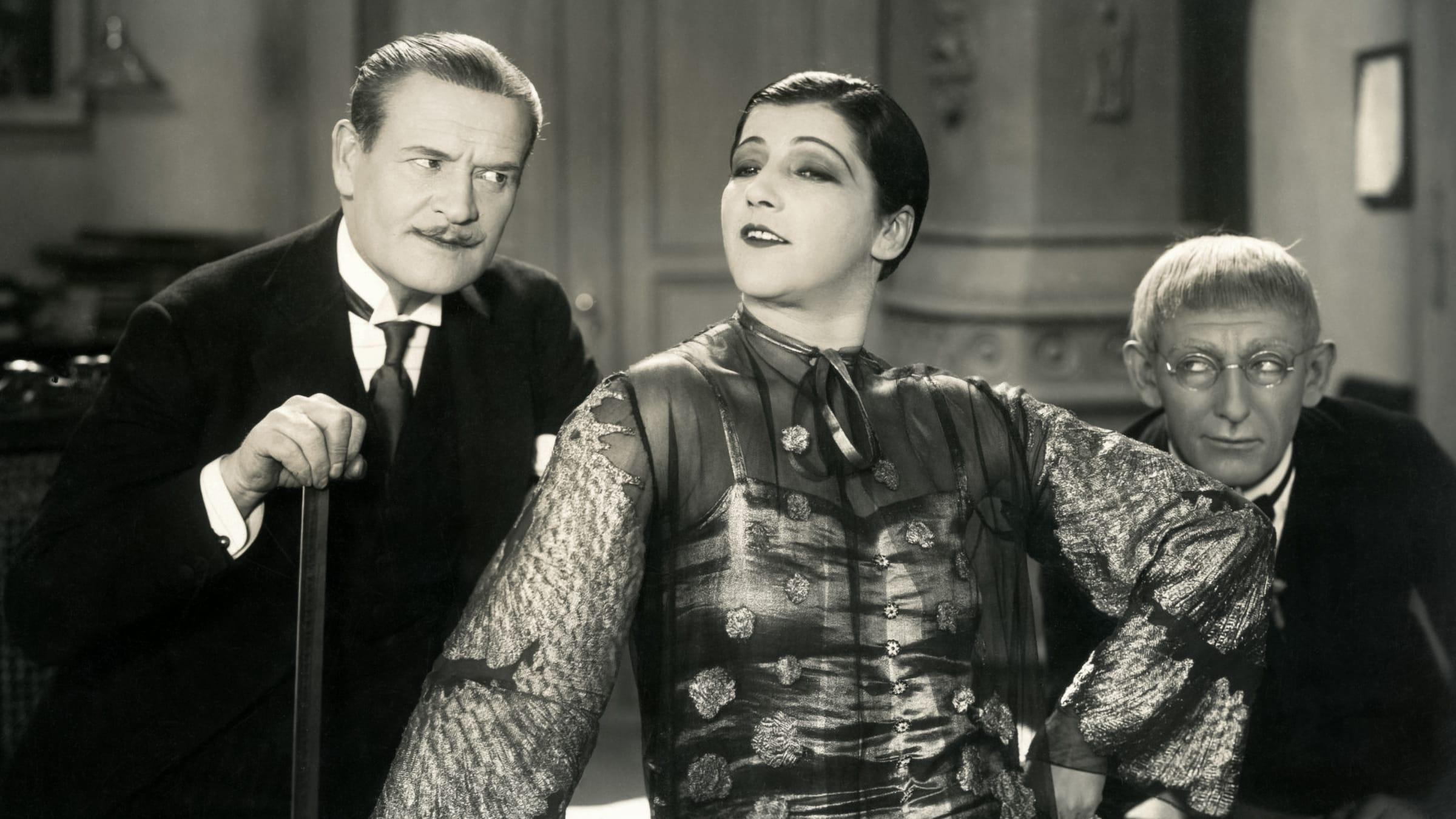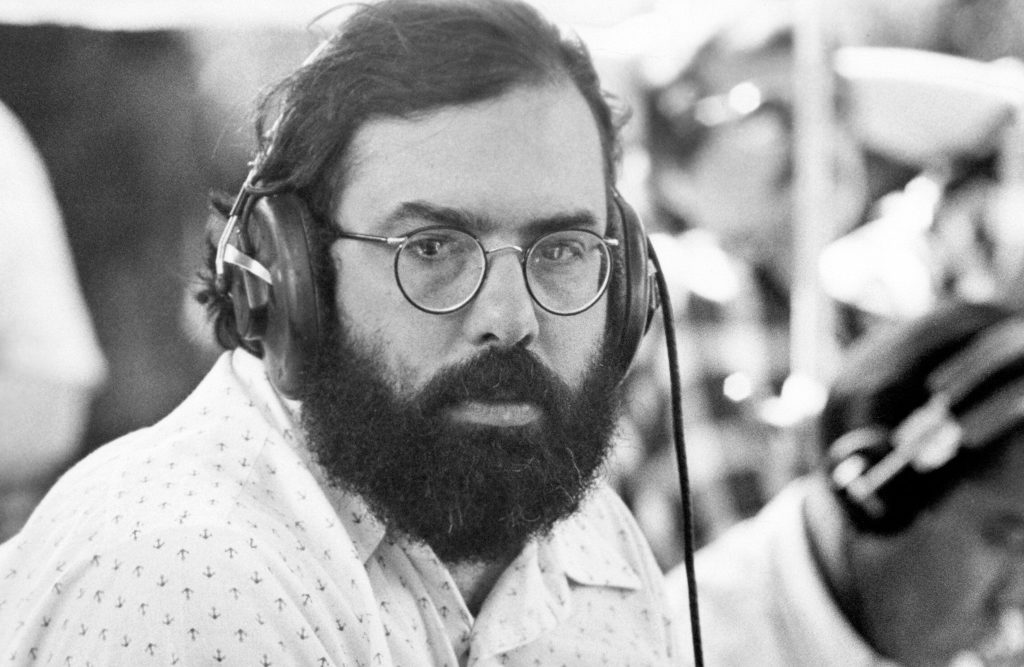In the hushed corridors of cinematic history, the silent era stands as a testament to the artistry and innovation that laid the foundation for modern filmmaking. Yet, like whispered secrets in a bustling room, many of its masterpieces remain overlooked, eclipsed by the clamor of talkies and the relentless march of time. As we bask in the glow of contemporary cinema, it begs the question: are we missing out on the hidden gems of the silent era, films that once captivated audiences with their expressive visuals and pioneering techniques? This exploration seeks to unearth these forgotten treasures, inviting a fresh gaze upon the silent films that shaped the language of cinema and continue to resonate with a timeless allure.
Unearthing Forgotten Masterpieces from Cinemas Quiet Age
In the shimmering shadows of the early 20th century, cinema found its voice—or rather, its silence. This was a time when filmmakers painted stories with light and shadow, using expressive gestures and poignant imagery to communicate universal tales. Yet, as the years have rolled on, many of these silent films have slipped through the cracks of time, overshadowed by the advent of sound and color. Are we missing out on cinematic treasures from this era?
- Innovative Storytelling: Silent films were rich in creativity, often pushing the boundaries of narrative and technique.
- Visual Aesthetics: The artistry in set design, costumes, and cinematography was unparalleled, capturing the essence of an era lost to time.
- Cultural Reflections: These films offer a window into the social and cultural dynamics of the past, revealing insights that are still relevant today.
As we delve into these forgotten masterpieces, we uncover not just films, but a vibrant history of storytelling that challenges and delights. Perhaps it’s time to dust off these relics and reintroduce them to a modern audience hungry for authentic and innovative narratives.
Exploring the Artistic Brilliance and Innovations of Silent Films
The silent film era, often overshadowed by the advent of sound, is a treasure trove of artistic brilliance and technical innovations that continue to inspire filmmakers today. While these films lacked synchronized dialogue, they more than compensated with expressive performances, imaginative storytelling, and pioneering visual techniques. Directors like Charlie Chaplin, Buster Keaton, and F.W. Murnau pushed the boundaries of cinema, using inventive camera angles, lighting, and set design to convey complex emotions and narratives without a single spoken word.
- Visual Storytelling: Silent films relied heavily on visual cues and actors’ expressions to convey the story, leading to a more universal form of storytelling.
- Innovative Techniques: Techniques such as double exposure, stop motion, and the use of miniatures were first explored during this period, setting the stage for future cinematic advancements.
- Cultural Impact: These films often reflected the societal norms and issues of their time, offering a unique historical perspective.
By exploring the silent era, one can uncover a world of cinematic gems that continue to influence modern film in ways that are both subtle and profound. These films are not just relics of the past but are enduring works of art that deserve recognition and appreciation.

Reviving the Lost Narratives and Emotional Depth of Early Cinema
In the shadows of modern cinematic giants, the silent era often remains a forgotten treasure trove of storytelling brilliance. These films, though devoid of spoken dialogue, resonate with a profound emotional depth that today’s productions sometimes struggle to capture. Through the masterful use of expressive acting, visual symbolism, and innovative camera techniques, filmmakers of the silent era crafted narratives that spoke volumes without uttering a single word. Icons like Charlie Chaplin, Buster Keaton, and Mary Pickford captivated audiences worldwide, their performances transcending cultural and linguistic barriers.
- Expressive Visuals: The use of exaggerated expressions and gestures conveyed complex emotions, allowing viewers to connect with characters on a visceral level.
- Innovative Storytelling: Directors experimented with new storytelling methods, often breaking the conventional boundaries of the time.
- Timeless Themes: Many silent films explored universal themes such as love, loss, and redemption, which remain relevant even today.
Rediscovering these hidden gems can enrich our understanding of cinematic history and offer a fresh perspective on the art of storytelling. As we delve into the archives of the silent era, we may find that these early films still have much to teach us about the power of visual narrative and the beauty of simplicity in cinema.

Hidden Treasures: Must-Watch Silent Films for Modern Audiences
In an era where vibrant visuals and special effects dominate, the subtleties of silent films often remain overshadowed. Yet, these early cinematic treasures hold a profound charm that modern audiences can truly appreciate. With their expressive performances and pioneering storytelling techniques, silent films offer a unique viewing experience that transcends time. “The Cabinet of Dr. Caligari” with its striking German Expressionist sets, or “Metropolis”, which dazzles with its futuristic vision, are just a couple of examples that continue to captivate with their artistic brilliance and innovative narratives.
- The General (1926): A masterpiece of physical comedy and daring stunts starring Buster Keaton, offering timeless humor and action.
- Sunrise: A Song of Two Humans (1927): Known for its breathtaking cinematography and emotional depth, this film is a testament to the power of visual storytelling.
- Nosferatu (1922): This haunting adaptation of Dracula showcases the eerie brilliance of silent horror cinema.
- City Lights (1931): Charlie Chaplin’s iconic blend of comedy and pathos, demonstrating the enduring appeal of his Little Tramp character.
These silent films are not just relics of the past but vibrant pieces of art that continue to inspire and influence filmmakers today. By revisiting these works, audiences can discover the roots of cinematic innovation and storytelling that laid the foundation for modern cinema.









